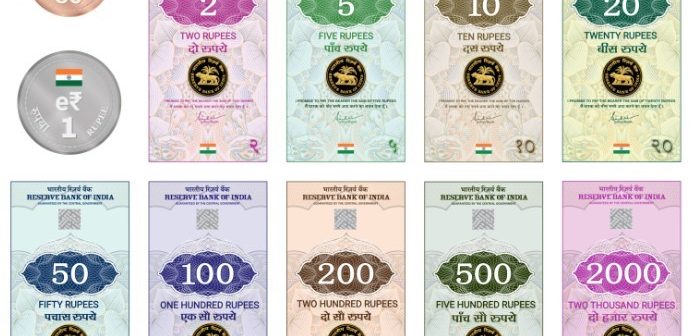India’s foray into the world of Central Bank Digital Currencies (CBDCs) began on December 1, 2022, with the launch of the “e₹”, or Digital Rupee. Available initially as a pilot program in four cities, it represents a digital version of the physical rupee, raising questions about its necessity and utility in a nation already dominated by mobile payment platforms like UPI. This article explores the purpose of digital rupee wallets, their potential impact, and the challenges they face.
Why Digital Rupee?
The Reserve Bank of India (RBI) has outlined several objectives for introducing the e₹:
- Financial Inclusion: Reaching the unbanked and underbanked population with a secure and easily accessible form of digital currency.
- Efficiency: Facilitating faster and cheaper domestic and cross-border transactions.
- Transparency: Countering the rise of unregulated cryptocurrencies and providing a transparent alternative.
- Innovation: Driving innovation in the financial sector and exploring potential use cases beyond payments.
How do Digital Rupee Wallets Work?
Currently, access to e₹ wallets is limited to participants in the pilot program. These wallets, offered by participating banks, are similar to regular digital wallets but hold e₹ tokens instead of rupees. Users can load e₹ into their wallets from their linked bank accounts, make offline payments via QR codes, and transfer funds to other e₹ wallets. However, unlike UPI, transactions are settled directly between the RBI and participating banks, bypassing third-party payment processors.
Are Digital Rupee Wallets Needed?
The necessity of e₹ wallets is a subject of debate. Proponents argue that they offer advantages over existing digital payment methods:
- Offline Functionality: Unlike UPI, e₹ wallets work even without an internet connection, potentially benefiting the unbanked or those with limited internet access.
- Programmable Money: The RBI can program certain features into e₹, like targeted subsidies or restricting usage to specific purposes.
- Security: Central bank backing offers an added layer of security compared to private wallets.
However, critics point out several challenges:
- Limited Scope: The pilot program’s restricted reach and functionalities raise questions about widespread adoption.
- Competition: E₹ faces stiff competition from established and widely used digital payment platforms like UPI.
- Privacy Concerns: Concerns exist about potential government surveillance and data collection associated with CBDCs.
- Technical Hurdles: Integration with existing financial systems and ensuring interoperability with UPI present technical challenges.
Interest on e₹ Wallets:
Currently, no interest is earned on money stored in e₹ wallets. This aligns with the RBI’s intention for e₹ to be primarily a medium of exchange rather than a store of value. However, future iterations may introduce features like interest-bearing e₹ wallets for long-term savings.
Data and Research:
According to a recent study by Deloitte, 61% of Indians are aware of CBDCs, with 77% expressing interest in using them if offered. However, concerns about security, privacy, and interoperability need to be addressed for wider adoption.
The Road Ahead:
The success of e₹ wallets hinges on the RBI’s ability to address concerns, expand the pilot program, and offer compelling benefits over existing platforms. Integration with existing infrastructure, addressing privacy concerns, and fostering innovation within the ecosystem will be crucial factors in determining their long-term viability.
Digital rupee wallets represent a potential step forward in India’s digital payment landscape. However, their future depends on overcoming existing challenges and offering clear advantages over established rivals. Only time will tell if e₹ wallets will evolve into a ubiquitous payment method or remain a niche experiment in the digital age.






